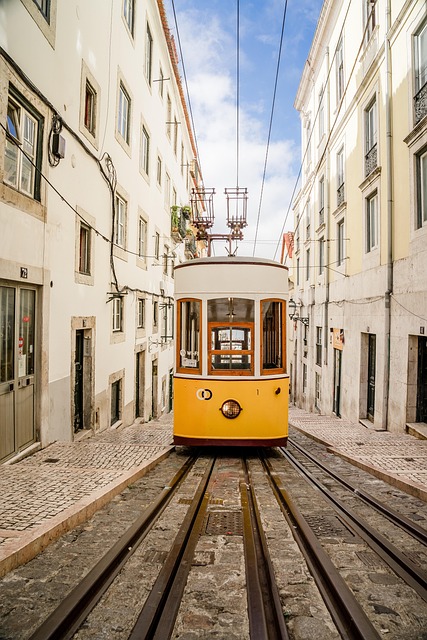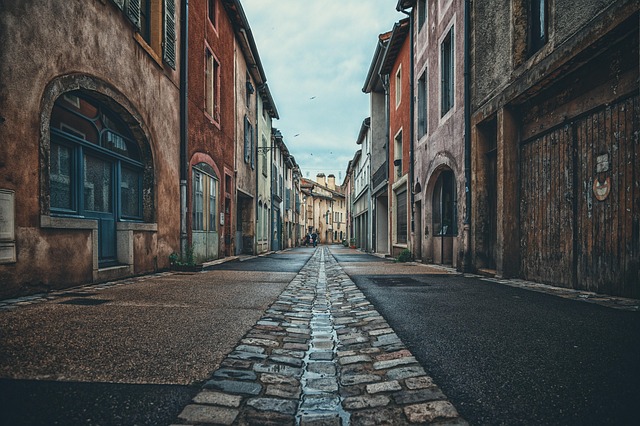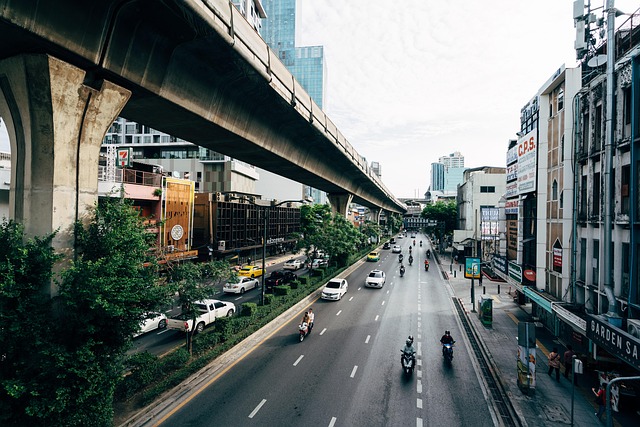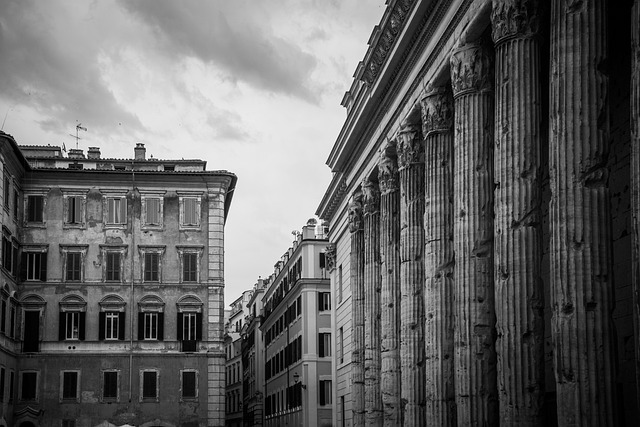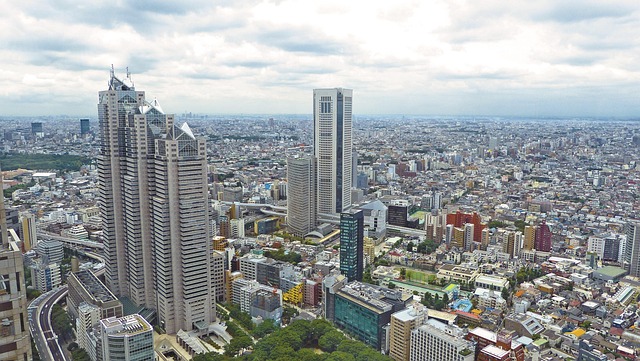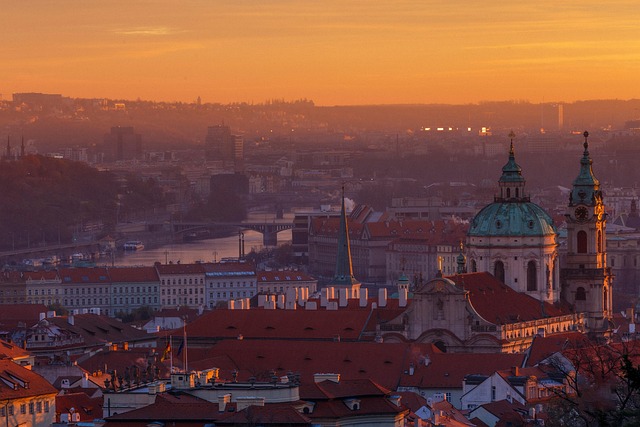
Karachi's Civil Lines is a historic district blending colonial architecture with modern skyscrapers, showcasing the city's diverse cultural tapestry and rich history. Governmental initiatives and community involvement preserve historic landmarks while incorporating traditional design in new projects, preserving Karachi's unique identity.
Explore the enchanting history and architectural marvels of Karachi’s Civil Lines in this comprehensive guide. From bustling streets to iconic landmarks, discover how this vibrant city has preserved its past. Uncover the cultural journey embedded in every stone and learn about Pakistan’s rich architectural heritage. Join us as we delve into the must-visit spots that tell tales of Karachi’s evolution, offering a unique perspective on the metropolis.
- Unveiling Karachi's Historic Civil Lines
- Iconic Landmarks: A Cultural Journey
- Preserving Pakistan's Architectural Heritage
Unveiling Karachi's Historic Civil Lines
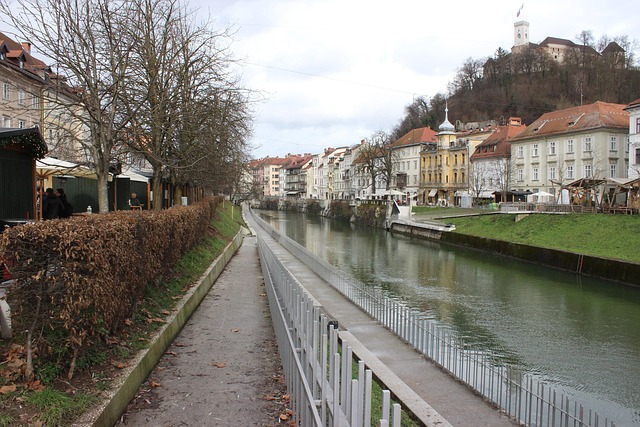
Karachi, the vibrant metropolis, boasts a historic gem nestled within its urban landscape—the Civil Lines. This area, a testament to the city’s rich colonial past, offers a captivating glimpse into Karachi’s evolution over centuries. The Civil Lines, once a strategic administrative hub, stands as a living museum, where every stone and building tells a story of power, culture, and architecture.
Exploring these lines unveils a unique blend of heritage and modern life. Historic structures, some dating back to the British Raj, stand tall alongside contemporary skyscrapers, reflecting Karachi’s dynamic nature. This harmonious coexistence transports visitors through time, inviting them to navigate the labyrinthine streets and discover hidden gems that reflect the city’s diverse cultural tapestry.
Iconic Landmarks: A Cultural Journey
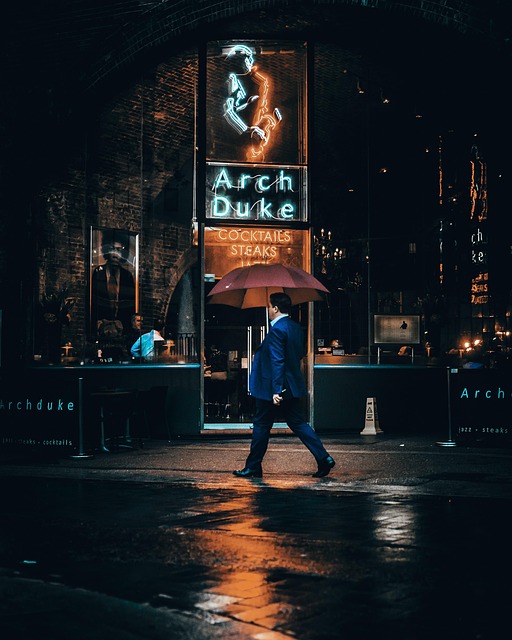
Karachi, a vibrant metropolis, boasts an impressive tapestry of iconic landmarks that narrate its rich cultural journey. From historic buildings to modern monuments, each structure tells a unique story. The city’s architecture is a reflection of its diverse past, blending colonial-era heritage with contemporary designs.
The Civil Lines area, in particular, stands out as a treasure trove of architectural wonders. Here, visitors can explore the remnants of the city’s colonial history, while also discovering modern additions that symbolize Karachi’s continuous evolution. These landmarks not only serve as navigational points but also foster a sense of place and identity for both locals and tourists alike.
Preserving Pakistan's Architectural Heritage

Karachi, as a vibrant metropolis, boasts an architectural heritage that is a testament to its rich history and diverse cultural influences. Preserving this unique landscape is paramount for future generations to appreciate and understand the city’s evolution. The Civil Lines area, in particular, showcases a blend of colonial-era structures and modern developments, creating a fascinating tapestry of urban aesthetics.
Efforts to safeguard Karachi’s architectural heritage include both governmental initiatives and community involvement. Historic landmarks are being meticulously restored, while new projects prioritize incorporating traditional design elements. These measures ensure that the city’s identity remains intact amidst its rapid urbanization. By preserving the past, Karachi can continue to inspire and captivate locals and visitors alike, offering a glimpse into the soul of this dynamic city, such as the iconic buildings in Civil Lines that stand tall as reminders of Pakistan’s architectural glory.
Karachi’s Civil Lines, with its rich history and diverse architectural heritage, serve as a vibrant tapestry of the city’s past. Unveiling these landmarks not only offers a glimpse into Pakistan’s architectural prowess but also highlights the importance of preservation for future generations. By exploring Iconic Landmarks, we embark on a cultural journey that underscores the city’s transformation over time. Preserving this unique heritage is crucial to maintaining Karachi’s identity and ensuring its stories continue to resonate for years to come.

